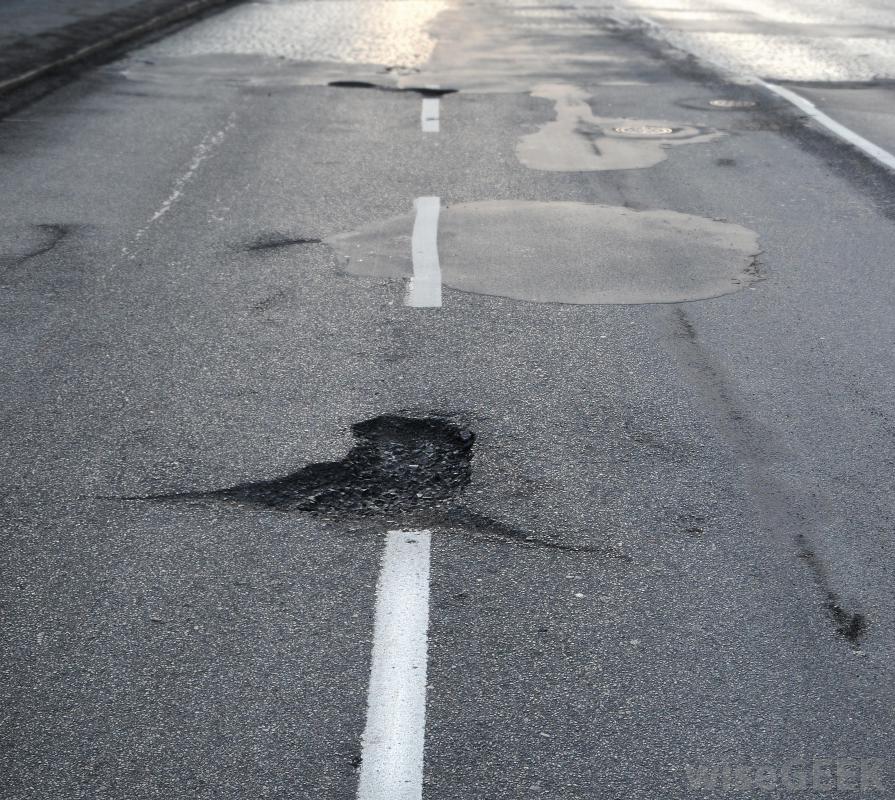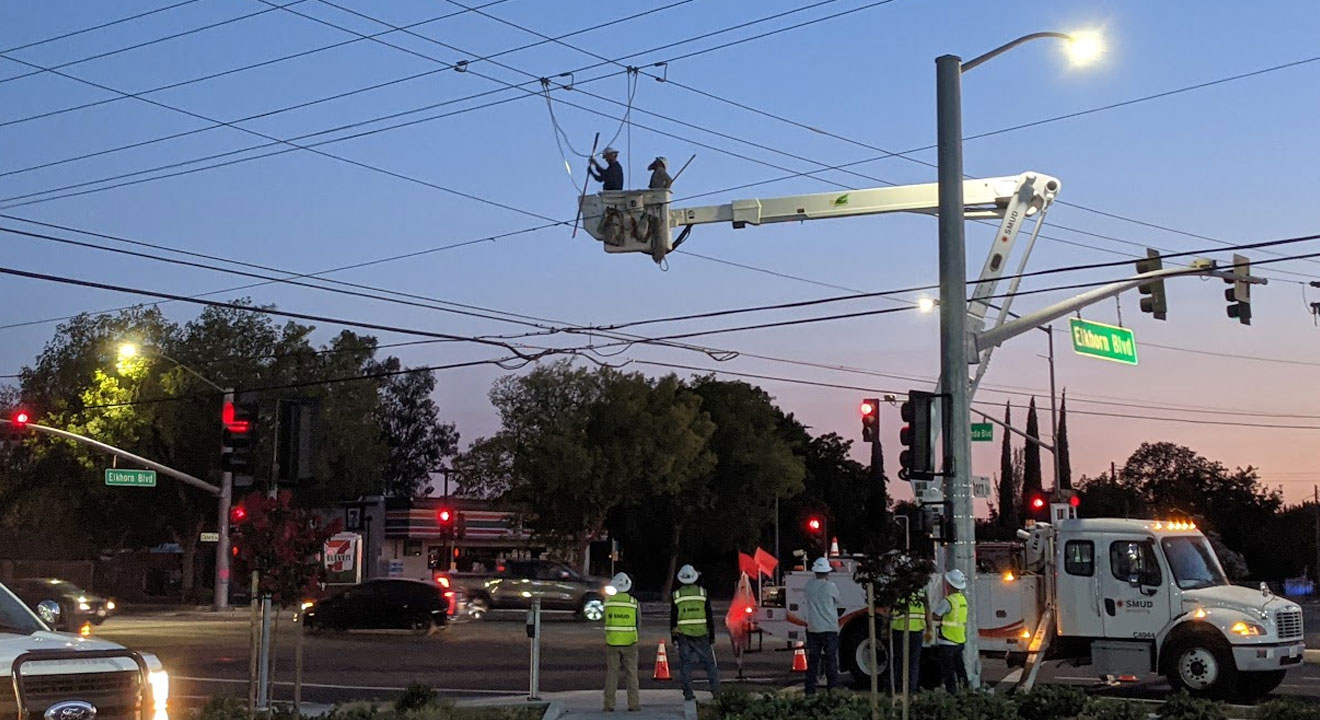(Publisher’s note- I have always been very critical regarding the distribution and use of the money collected by Measure A, a transportation infrastructure initiative intended to fund repair and replacement of transportation assets. Millions of dollars have been spent since 2009, yet our roads are still in a state of disrepair and entirely inadequate according to a recently released study by the National Transportation Research Group. The study states that Capitol region drivers are spending an extra $2,270 dollars a year because of an “inadequate transportation system.” This report from “Eye on Sacramento”, a local watchdog group confirms what I’ve always suspected… that the money intended to repair our roads have mostly gone to everything but that.)
At a press conference held today at Sacramento Regional Transit’s light rail station on Richards Blvd., Eye on Sacramento released a comprehensive report on how local governments have been spending the $669.5 million of Measure A county-wide transportation sales taxes collected from taxpayers since 2009. The report also reviews the implications that its findings may have for Measure B, a November ballot proposal that would double the current Measure A tax, increasing it from a one-half percent tax to a full 1 percent.
Links to both the EOS report (EOS Report on Spending of Measure A Taxes: Implications for the Measure B Tax Proposal) and a summary of its findings appear below.
Eye on Sacramento believes that Sacramento voters deserve to know how well their Measure A taxes have been spent before deciding whether a doubling of the current tax is warranted. Have local authorities been prudent and responsible? Or have they been wasteful and been pursuing the wrong priorities.
Measure A provides significant funds to Sacramento Regional Transit, as well as money to local governments for road maintenance and construction, traffic control and safety, and bicycle and pedestrian facilities. Measure B requires a 2/3rds majority vote for approval.
Key findings from EOS’s report include:
(1) Local governments, acting through the Sacramento Transportation Authority, are engaged in an alarmingly rapid escalation of credit-fueled spending on capital projects, with outstanding Measure A bond debt increasing from $180 million in 2009 to an expected $450 million next year 2017 – a 243% increase. The $350 million in estimated interest costs on STA’s borrowings are diverting funds that would otherwise fund road maintenance, transit operations and new road and transit construction.
(2) STA is irresponsibly issuing expensive interest-only bonds, secured by future Measure A taxes, which are unnecessary driving up interest costs and will waste an estimated $52 million over the next 23 years. Such waste could rise to over $100 million in future years, depending on the pace of future STA borrowing.
(3) Regional Transit has engaged in a pattern of waste, misuse of funds and misplaced priorities in spending Measure A funds, including two premature expansions of light rail routes, often at the behest of special interests, which have dramatically driven up RT’s operating and financing costs while providing only very modest ridership gains.
(4) Federal, state and local funding sources for RT are not “drying up,” as some RT officials claim.
(5) RT’s waste of Measure A funds is extensive, ranging from a failure to control labor costs that are still rising faster than inflation, failure to deal responsibly with its unfunded pension liabilities, an overtime policy that pays overtime to drivers while on vacation (while also paying overtime to the drivers who fill in for drivers on vacation) and cost-spiking work rules that prohibit the use of part-time drivers.
(6) Spending funds on extending light rail to the airport would be wasteful unless and until population densities in the area justify such an extension. Measure B, even with federal matching grants, would, at best, fund light rail only half-way to the airport.
(7) Providing RT with additional taxpayer subsidies without insisting that it first adopt extensive operational and governance reforms would be a waste of money.
(8) STA’s scheme for providing “taxpayer oversight” over Measure B spending is a sham. Similar oversight provisions under Measure A have been largely ignored.
The principal author of the EOS report, Professor Gregory L. Thompson, chairs EOS’s Transportation Committee and is recently retired from the faculty of the Department of Urban and Regional Planning Faculty at Florida State University. Report co-author, Debra Desrosiers, is EOS’s Vice-President – Government Oversight.
To View/Download EOS’s Report on Spending of Measure A Taxes: Implications for the Measure B Tax Proposal, click here
To View/Download the Summary of Findings, click here















